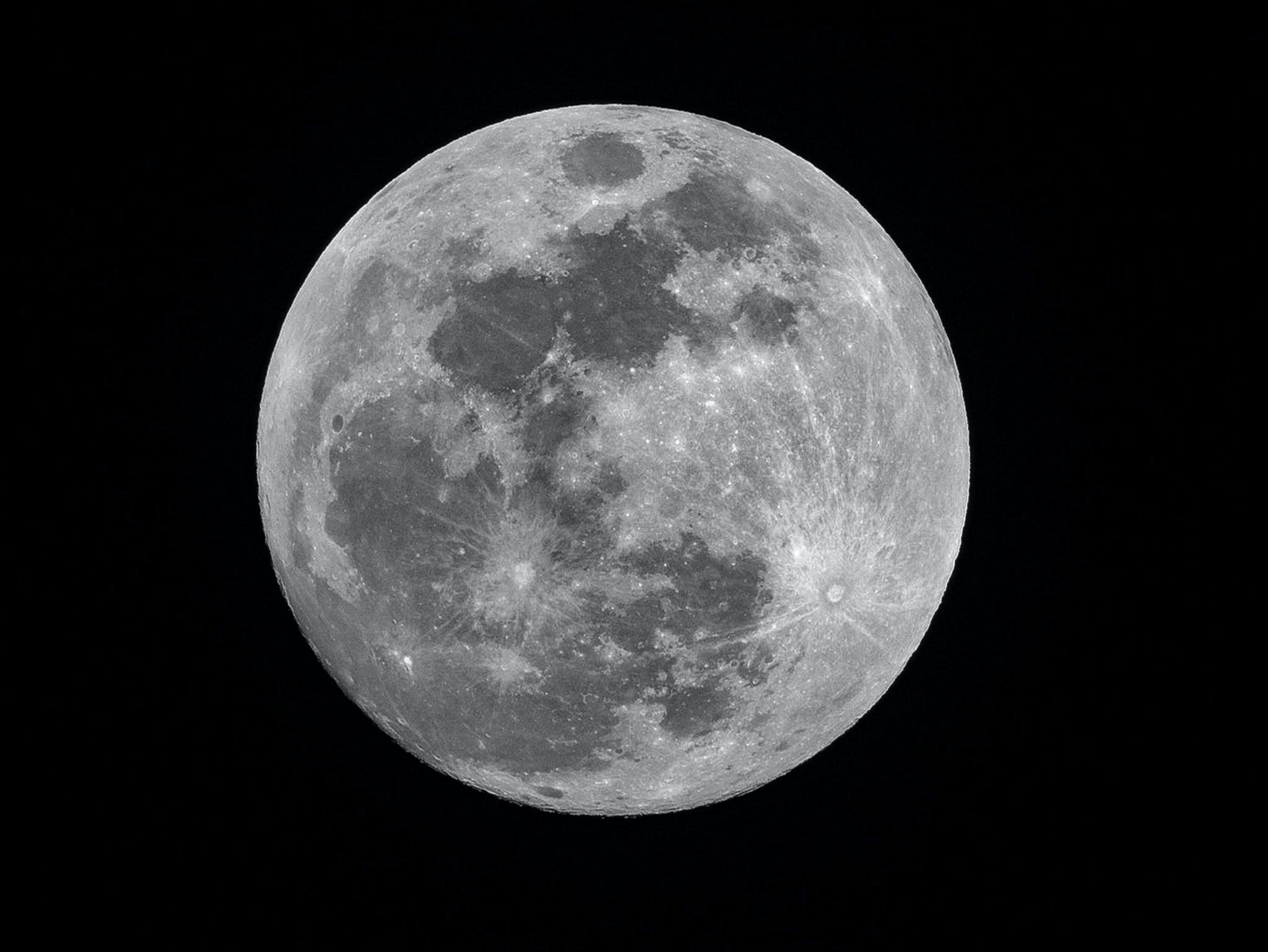You’re probably familiar with Sun Salutations (Surya Namaskar) but are you familiar with the soothing sister sequence – Moon salutations?
Chandra Namaskar pronounced SHAHN-drah nah-muh-SKAR-uh harnesses the calming, cooling lunar energy. In Sanskrit “Chandra” means moon, and moon salutations give thanks to the moon and channels the calming energy she emanates.
This sequence of yoga poses is the yin to the sun salutation yang and are cooling and quiet because they channel feminine energy from the moon; whereas Sun Salutations are active and warming because they channel masculine energy from the sun.
You can flow through the Moon Salutation sequence as many times as you like. It stretches the spine, hamstrings, and backs of legs; strengthens leg, arm, back, and stomach muscles. It calms the mind and draws your awareness inward.
Perhaps Chandra Namaskar isn’t as well known as Surya Namaskar because it hasn’t been around as long. In all likelihood, it’s an invention of the late 20th century. The Bihar School, which is a yoga school in India founded in the 1960s, first published the sequence in asana pranayama Mudra Bandha in 1969.
Pay special attention to the quality of each movement. Instead of moving quickly, jumping into and out of poses as you would in Sun Salutations, move slowly, as though you were moving through water. This means that you don’t have to sync each movement to an inhalation or an exhalation the way you do with Sun Salutations.
The practice of Surya Namaskar is done facing the short end of the mat while the Chandra Namaskar is done facing the long end of the mat. The general practice of Surya Namaskar is done at the beginning of the yoga practice to warm and awaken the body, while to cool the body Chandra Namaskar is done at the end of the yoga practice.
